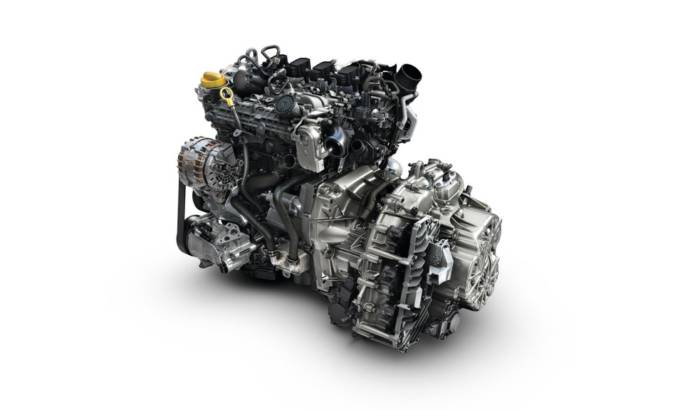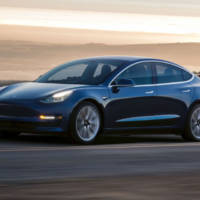Renault follows Volkswagen in developing smaller and new petrol engines for the European market. It is the current trend, more and more automakers deciding to adjust their current range of engines.
So there is a new direct injection turbocharged petrol engine co-developed by the Renault-Nissan-Mitsubishi Alliance and Daimler. Inaugurated on the Scénic and Grand Scénic line-up it will be progressively offered in the Renault range from 2018.
This new engine offers significant improvement in driving pleasure, with better torque at low rpm and greater and constant availability at high rpm, while reducing fuel consumption and CO2 emissions.
The Energy TCe 160 engine offers a maximum torque of 260 Nm in manual gearbox and 270 Nm in EDC gearbox when reaching maximum power. This maximum torque is reached from 1750 rpm and up to 3700 rpm.
The Energy TCe 140 engine has CO2 output of 122g/km (125g/km for Grand Scénic) and achieves 52.2mpg (NEDC) (50.4mpg for Grand Scénic). Meanwhile, the Energy TCe 115 – available in manual transmission only – has 220Nm of torque at 1,500 rpm. It outputs 122g/km of CO2 (125g/km for Grand Scénic) and achieves 52.2mpg (NEDC) (50.4mpg for Grand Scénic). These figures result in a reduction in CO2 by 7 grams on Scénic and 11 grams on Grand Scénic compared to the previous petrol units.
This new petrol engine block, coupled with manual and EDC dual-clutch automatic transmissions, is available in a variety of power ratings from 115hp to 160hp. It incorporates several recent Alliance-developed innovations, including Bore Spray Coating, a cylinder coating technology from the Nissan GT-R engine, which improves efficiency by reducing friction and optimising heat transfer.
Other technologies enhance driving enjoyment and reduce fuel consumption and CO2 emissions: the pressure of the direct fuel injection has been raised by 250 bar and a specific combustion chamber design optimises the fuel/air mix. In addition, ‘Dual Variable Timing Camshaft’ technology controls the intake and exhaust valves according to engine loads. The result is more torque at low revs and more torque available linearly at high revs, for a significant benefit in driving comfort with better mid-range response.
The Scénic and Grand Scénic are the first Renault models to benefit from this new petrol engine produced at the Renault factory in Valladolid, Spain. Orders in France and Europe are now open and deliveries to customers are scheduled for mid-January 2018.



